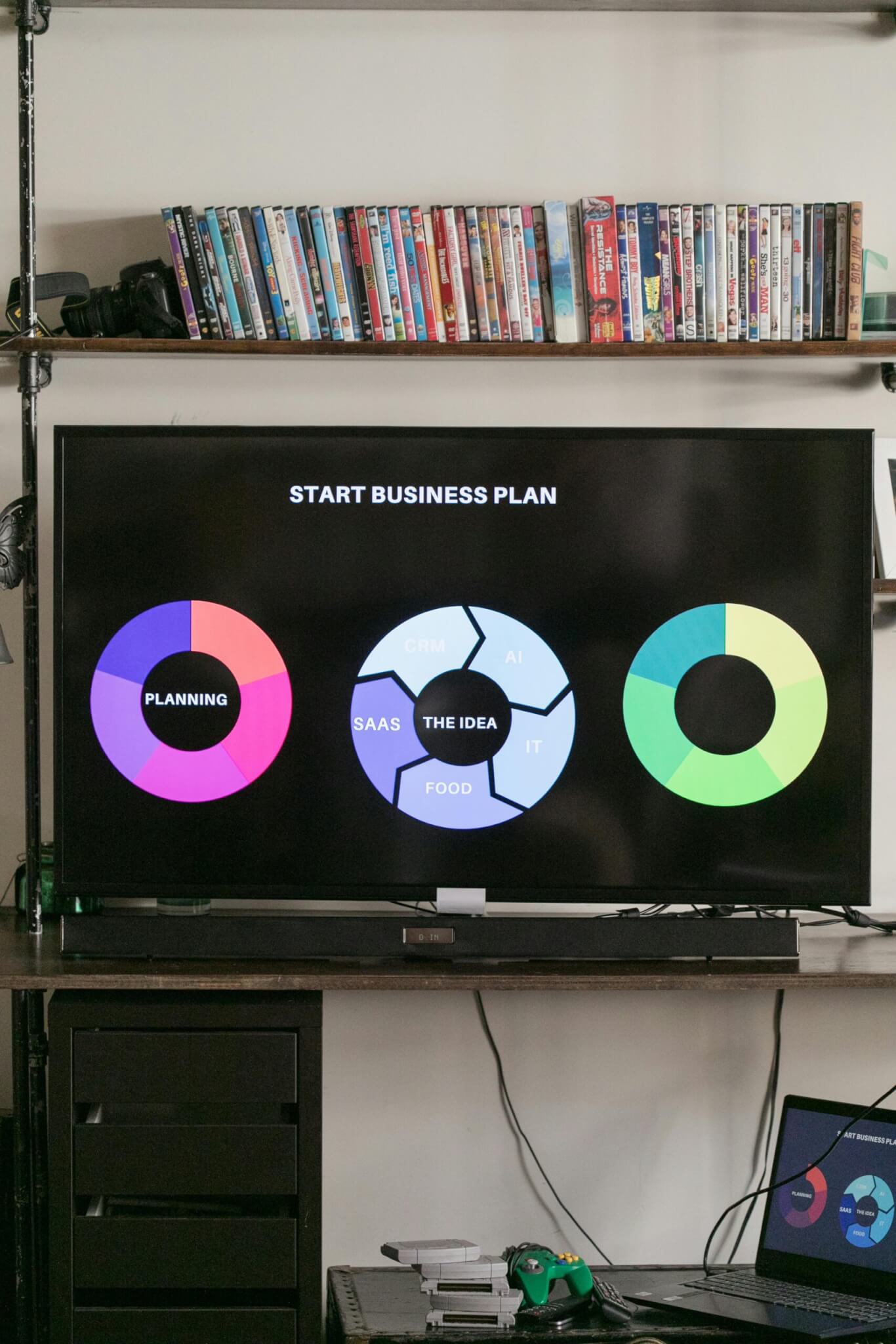What is a Business Line of Credit and How Does It Work?
Having flexible access to capital is essential for growth and stability. A business line of credit is a financial tool that provides businesses with the ability to draw funds as needed, up to a predetermined limit, and only pay interest on the borrowed amount. Unlike traditional lump-sum loans, a business line of credit operates as a revolving account, similar to a credit card, offering a strategic balance of financial security and adaptability.
With a line of credit, businesses can efficiently manage cash flow, cover unforeseen expenses, and seize new opportunities without the burden of long-term debt. This article will explore how business lines of credit work, outline their advantages and drawbacks, and explain the straightforward application process at SBG Funding—helping you determine if this financing option aligns with your business goals.
How Does a Business Line of Credit Work?
A business line of credit functions as a flexible financial solution, offering businesses the ability to access funds up to a specified credit limit. Unlike traditional loans that provide a lump sum, a line of credit operates as a revolving account, allowing businesses to draw from the available balance as needed. Here’s how it works:
Access to Funds
Businesses can withdraw funds at any time, up to their approved credit limit. Interest is only charged on the amount borrowed, not the total available limit. Once repayments are made, the available credit is replenished, offering continuous access to funds.
- Example: If your business has a line of credit with a $50,000 limit and you withdraw $15,000, you will pay interest on that $15,000. Once you repay the $15,000, your available credit returns to the full $50,000.
Repayment Terms
Repayment schedules typically involve monthly payments that cover both the principal and interest. Some lenders may offer an interest-only payment period, providing added flexibility for businesses to manage cash flow before repaying the principal.
Interest Rates and Fees
Business lines of credit generally come with variable interest rates, which may fluctuate based on the market or economic conditions. The rates are influenced by factors such as:
- Creditworthiness: A strong personal and business credit score often results in more favorable rates.
- Market Conditions: Rates can be tied to the prime rate, impacting the cost over time.
Additional fees, such as annual maintenance or transaction fees, may also apply, affecting the total cost of borrowing.
Secured vs. Unsecured Lines of Credit
- Secured Line of Credit: Backed by collateral (e.g., property, equipment, or receivables), typically resulting in lower interest rates and easier qualification.
- Unsecured Line of Credit: Does not require collateral but may have stricter eligibility criteria and higher interest rates.
Understanding these fundamentals helps business owners leverage a line of credit effectively for short-term financial needs, unexpected expenses, or opportunities that require immediate funding.
Pros and Cons of a Business Line of Credit
A business line of credit can be a powerful financial tool, but understanding its potential advantages and drawbacks is key to using it effectively. Below, we outline the main pros and cons to help you assess if it aligns with your business needs.
Pros
A business line of credit offers numerous benefits that can help support growth and operational stability. Here are the main advantages:
- Flexibility in Funding: Allows businesses to access funds as needed, up to the credit limit, and pay interest only on the amount drawn.
- Interest on Withdrawn Amounts: Charges interest only on the funds used, leading to potential cost savings compared to traditional loans.
- Improved Cash Flow Management: Helps bridge revenue gaps and fund short-term projects without disrupting operations.
- Builds Credit History: Responsible use and timely payments can strengthen a business’s credit score, leading to better financing options in the future.
Cons
While a line of credit offers flexibility, it also comes with potential downsides that businesses should be aware of. Understanding these challenges can help you avoid financial pitfalls and use this tool effectively.
- Potential for Overborrowing: The ease of access can tempt businesses to overextend themselves, risking significant debt accumulation.
- Variable Interest Rates: Often comes with variable rates that can fluctuate, potentially leading to higher costs and challenging financial planning.
- Associated Fees: May include annual maintenance, transaction, or draw fees, which can increase the overall cost of borrowing.
- Renewal and Review Requirements: Typically requires periodic reviews, during which the lender may reassess terms or adjust credit limits based on the business’s current financial health.
Who Can Benefit from a Business Line of Credit?
A business line of credit can be a versatile financing solution, catering to a variety of business types and needs. Understanding who stands to gain the most from this financial tool can help you evaluate if it’s the right fit for your situation. Below, we highlight the types of businesses and scenarios where a business line of credit can provide the most value:
- Small and Medium Enterprises (SMEs): Businesses that experience seasonal fluctuations in revenue or need to manage cash flow gaps between accounts receivable and payable can benefit greatly from a line of credit.
- Startups: Young companies and those just getting started that may not yet have a stable revenue stream can use a business line of credit to cover initial operational costs or invest in growth opportunities without taking on long-term debt.
- Established Businesses: Companies planning to expand operations, enter new markets, or fund marketing campaigns can leverage a line of credit to finance growth initiatives flexibly.
- Service-Based Businesses: Consulting firms, agencies, and other service providers that invoice clients post-service completion can use a line of credit to cover operating costs and payroll while awaiting client payments.
- Seasonal Businesses: Businesses with revenue cycles tied to specific seasons can use a line of credit to maintain liquidity during off-peak periods and prepare for busy times.
- Emergency Situations: A business line of credit can provide a safety net for handling unexpected expenses, such as equipment repairs or urgent upgrades, without the delay of applying for new financing.
Understanding who can benefit from a business line of credit can guide business owners in making an informed decision about integrating this tool into their financial strategy.
How Does a Business Line of Credit Compare to Other Options?
When considering financing solutions, it’s important to understand how a business line of credit stacks up against other options. Each financing method has its own strengths and limitations, and choosing the right one depends on your business’s unique needs.
- Business Loans: Unlike a line of credit, traditional business loans provide a lump sum that must be repaid over a fixed period, often with consistent monthly payments. While loans can offer lower interest rates, they may not provide the same flexibility as a line of credit, which allows businesses to draw and repay funds as needed.
- Business Credit Cards: Both business credit cards and lines of credit offer revolving credit. However, credit cards typically have higher interest rates and lower credit limits, making them better suited for smaller, everyday expenses rather than larger cash flow needs.
- Invoice Financing: Invoice financing allows businesses to leverage unpaid invoices for immediate cash but typically involves higher fees and the sale of receivables at a discount. A business line of credit, by contrast, does not impact customer relationships and may have more predictable costs.
- Merchant Cash Advances: While this option provides quick access to funds, repayment is often tied to future sales and can come with significantly higher interest rates. Business lines of credit usually have more manageable and transparent repayment structures.
- Equipment Financing: Equipment financing is specifically for purchasing equipment and often uses the equipment itself as collateral. While equipment financing can be cost-effective for large purchases, it lacks the general flexibility of a business line of credit, which can be used for various business needs.
SBG Funding’s Simplified Application Process
Securing a business line of credit should be straightforward, and at SBG Funding, we make it easy for businesses to access flexible funding. Our streamlined process ensures you can apply with minimal paperwork and receive approvals quickly, so you can focus on running your business.
Our 3-Step Process:
- Complete Our Online Application: Fill out our simple online form with key business details to start your application for a business line of credit.
- Sign Your Application and E-Documents: Review and sign the necessary agreements electronically to expedite the process.
- Upload the Required Documents and Access Your Credit Line: Provide essential documents, such as recent bank statements, and gain access to your approved line of credit, often within 24 hours.
Documents We Typically Need for a Business Line of Credit:
- Four months of bank statements
- Driver’s license (ID)
- Voided check
Eligibility Criteria
SBG Funding typically approves business lines of credit for businesses that meet the following criteria:
- A FICO score of 600 or higher
- At least six months of operational history
- Annual revenue of $250,000 or more
With our transparent terms and rapid approval process, SBG Funding helps businesses secure the working capital they need to manage cash flow, cover unexpected expenses, and seize new growth opportunities—all without the long wait associated with traditional lenders




